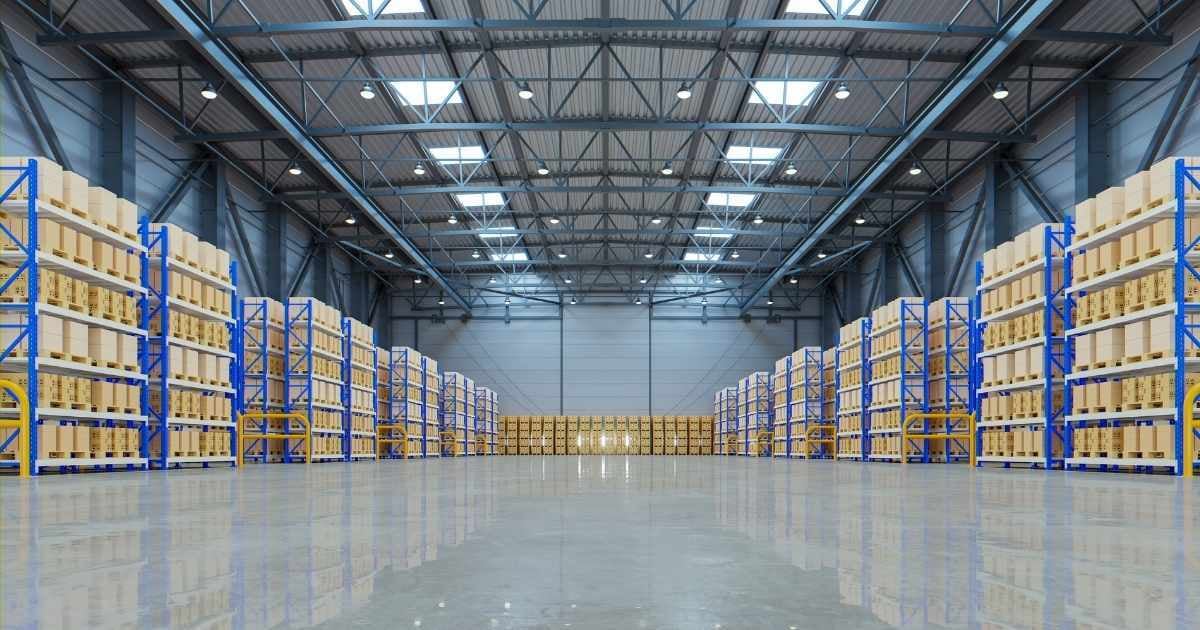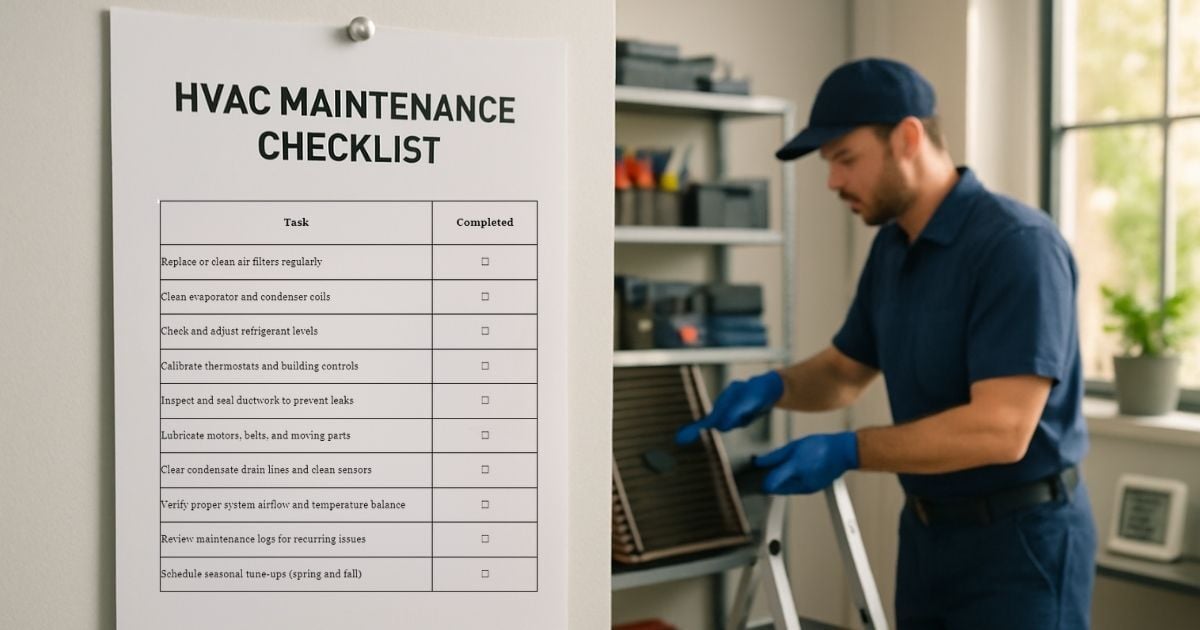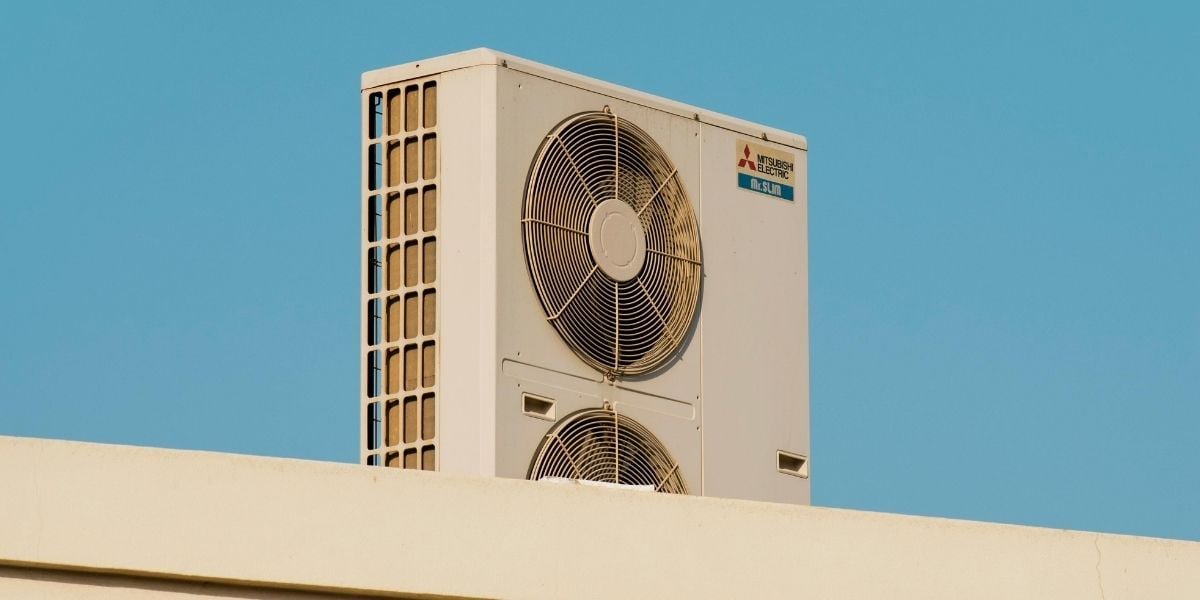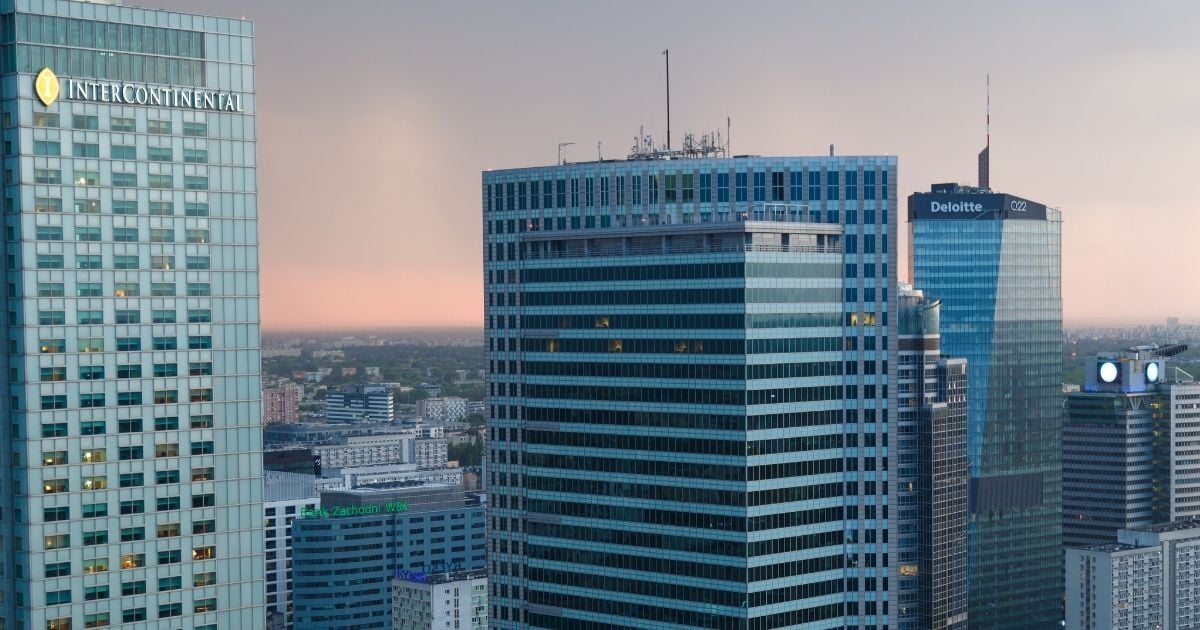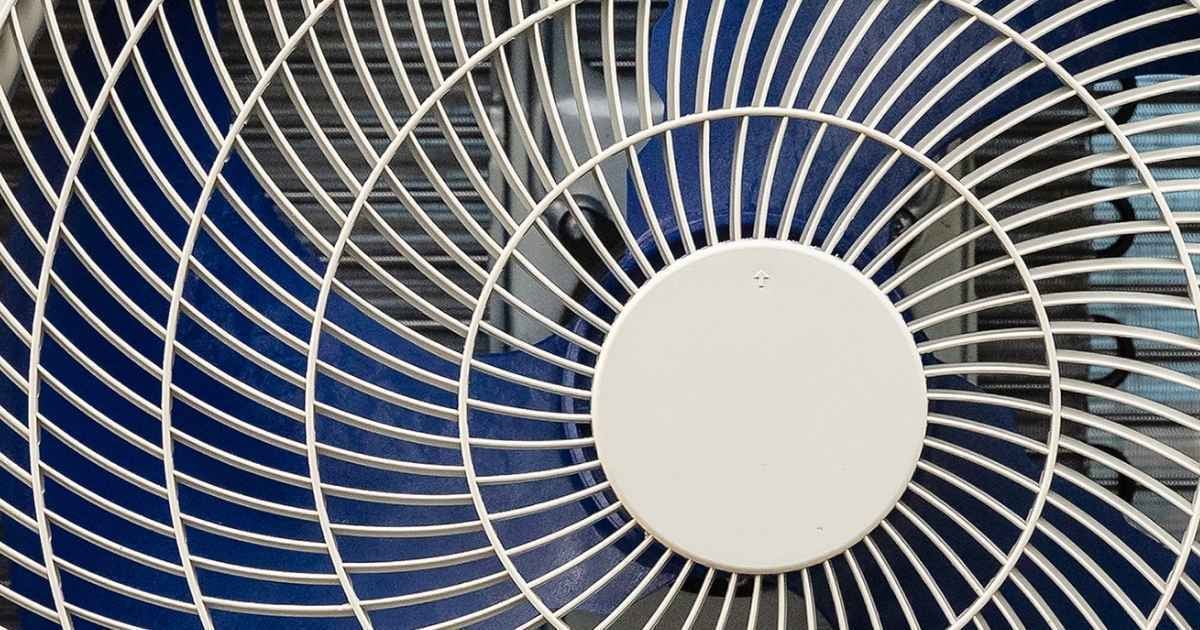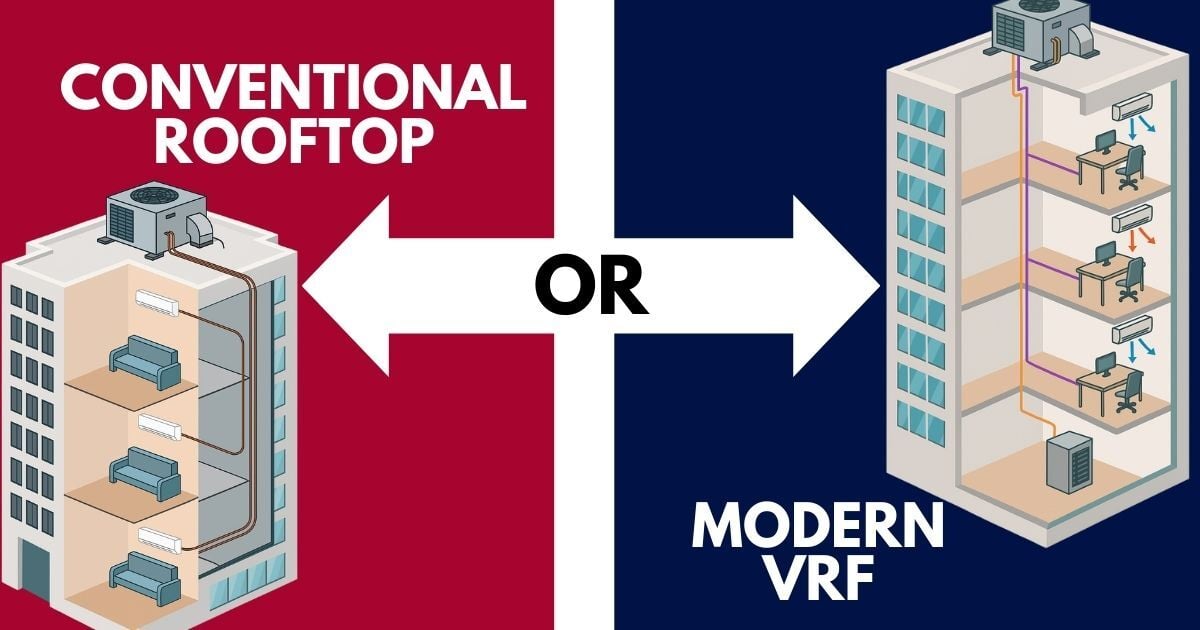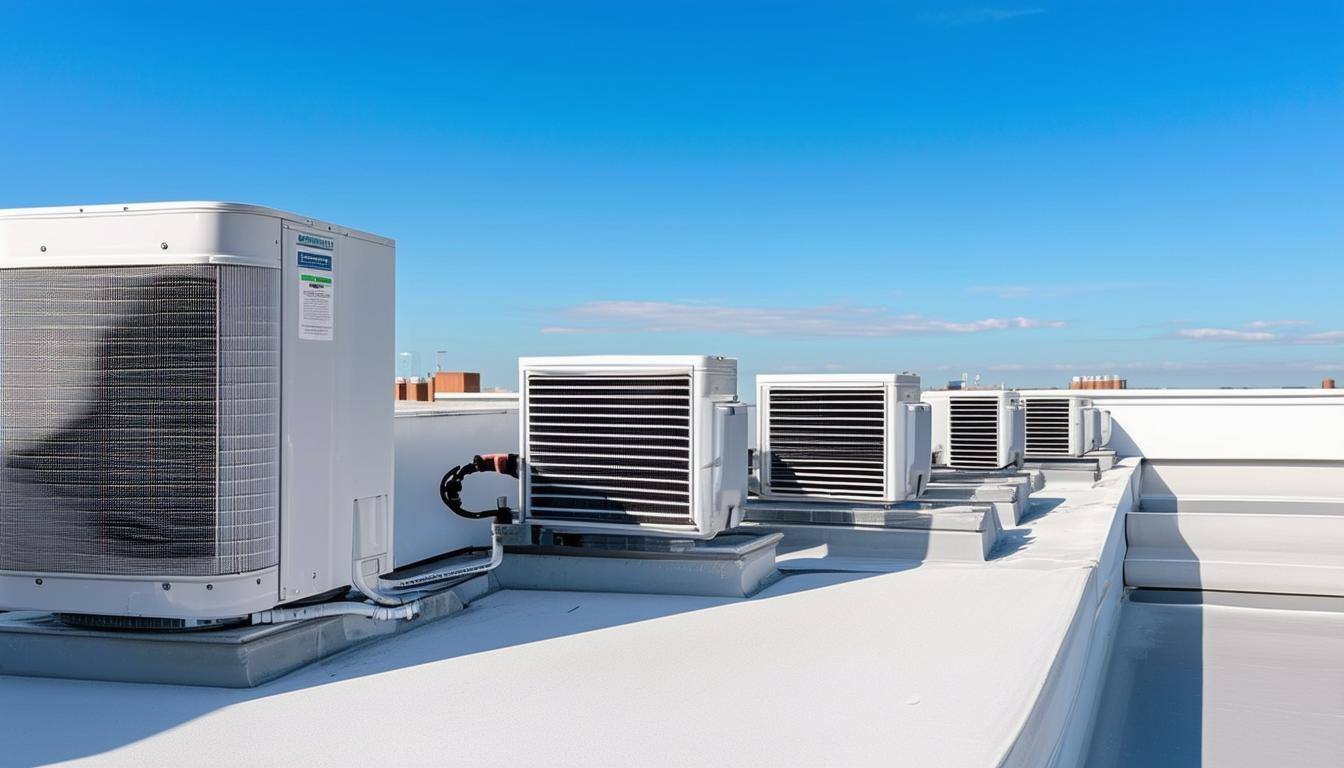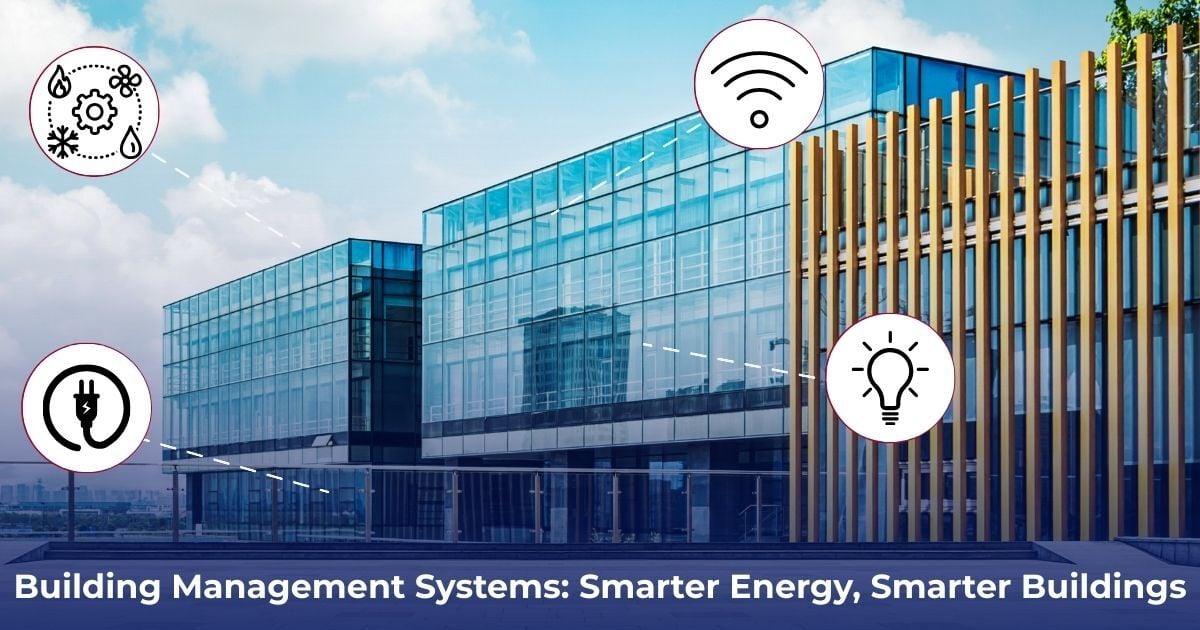When Should I Start Thinking About a System Upgrade for Energy Savings
October 20th, 2025
4 min read
By Lisa Flynn

If your commercial energy bills keep creeping up month after month, you’re not alone. Many building owners and facility managers notice the same trend: rising costs, more complaints about comfort, and a growing number of service calls.
The question is: how do you know when your system needs an upgrade instead of just another repair?
At Harold Brothers Mechanical Contractors, we’ve seen how much energy gets wasted when older HVAC and plumbing systems struggle to keep up. The good news? Planning your upgrade at the right time can save thousands each year, not just on utilities, but on unplanned downtime and maintenance.
In this article, we’ll break down the signs it’s time to start planning, how early upgrades pay off, and what steps to take now to make your building more energy-efficient for years to come.
How Systems Lose Efficiency Over Time
Even well-maintained systems lose efficiency as they age. Bearings wear down, motors lose strength, insulation degrades, and controls fall behind newer technology. A system that ran at peak performance 10 or 15 years ago might now be costing you 20–30% more in energy every month.
New systems are designed with smarter controls, better refrigerants, and advanced airflow management. For example, a modern Variable Refrigerant Flow (VRF) or hydronic system automatically adjusts output based on occupancy and temperature, something older rooftop units (RTUs) simply can’t do.
Warning Signs That It’s Time to Start Planning
If you’re not sure whether to repair or replace, start by asking these questions:
- Has your equipment reached 15–20 years old?
- Do you experience frequent repairs or need emergency service multiple times per year?
- Have your energy bills increased even after routine maintenance?
- Are tenants or employees complaining about uneven temperatures?
- Is your system still running on R-22 refrigerant, which is being phased out?
If you answered “yes” to two or more of these, it’s time to at least start planning.
Many facilities wait until a system fails, but by then, it’s too late to compare models, plan downtime, or qualify for rebate programs.
Why Early Planning Pays Off
Planning your upgrade early is one of the most strategic moves you can make. It allows you to control cost, qualify for incentives, and minimize operational disruption.
1. Energy Savings Compound Over Time
Modern HVAC and plumbing systems can reduce energy use by 20–40%. That means if your building spends $100,000 annually on energy, you could save up to $40,000 every year just from improved efficiency.
2. Access to Rebates and Incentives
Massachusetts offers some of the most generous programs in the country through Mass Save. Rebates cover equipment like energy-efficient RTUs, chillers, boilers, water heaters, and control systems.
Planning ahead gives you time to design your project to meet their rebate requirements and submit the right documentation before installation.
3. Avoiding the “Crisis Premium”
When systems fail unexpectedly, you pay a premium for rush labor, emergency parts, and temporary solutions. A planned upgrade lets you negotiate better pricing, schedule work during off-hours, and coordinate with other building projects.
4. Aligning with Building Performance Goals
Energy-efficient systems help meet sustainability and carbon-reduction goals, something many property managers and tenants are now required to report under new Massachusetts regulations and local benchmarking laws.
What to Do 1–2 Years Before an Upgrade
You don’t have to replace everything at once. Instead, start building a plan that spreads costs and maximizes value.
1. Schedule a Professional Energy Audit
Start with a clear picture of where your building stands. Take our Free Energy Audit quiz to get an assessment.
An audit will show how much energy your current systems use, where losses occur (like through duct leaks or uninsulated piping), and which upgrades would deliver the best return on investment.
2. Track System Performance
If your facility has a Building Management System (BMS), use it to monitor trends such as runtimes, temperature fluctuations, and energy consumption.
If not, start keeping monthly utility logs to identify patterns of inefficiency.
3. Budget and Prioritize
Plan capital expenses for replacements in the next fiscal year. Even if you’re not ready to replace everything, budgeting for one major component like a chiller or control system can make a big difference in both comfort and savings.
4. Compare Technology Options
Work with a mechanical contractor (like Harold Brothers) to explore whether VRF, hydronic, or high-efficiency RTUs fit your building best.
Each offers unique benefits:
- VRF systems offer zoning flexibility and high efficiency for multi-tenant spaces.
- Hydronic systems provide excellent comfort and longevity.
- High-efficiency RTUs are simpler and often eligible for rebates.
When Waiting Costs More Than Replacing
It’s easy to think you’re saving money by repairing instead of replacing, but often the opposite is true.
Consider this example:
A 15-year-old rooftop unit that costs $2,000 a year in repairs and $10,000 in electricity could be replaced with a new high-efficiency model using 25% less power. That’s $2,500 in annual energy savings, plus lower maintenance and better comfort.
Over five years, that’s more than $12,500 in avoided costs, not including rebates.
When you factor in rising energy prices, delayed upgrades almost always cost more in the long run.
The Bottom Line: Plan Before You’re Forced To
Upgrading your HVAC or plumbing system isn’t just about replacing old equipment, it’s about controlling your building’s energy future.
When you start early, you can:
- Choose the right system for your building’s needs
- Secure rebates and financing
- Schedule the project with minimal disruption
- See faster returns on energy savings
The best time to think about an upgrade is before your system demands it. Don’t wait for a breakdown to start saving energy. Start planning now while you still have control.
If you’re curious about what kind of energy savings modern controls can deliver, read our guide on Building Management System Savings. It explains how smart controls can reduce costs, extend equipment life, and make your upgrade investment go even further.
At Harold Brothers Mechanical Contractors, we’ve helped Massachusetts building owners and facility managers plan, maintain, and modernize their HVAC and plumbing systems for decades. Whether you’re ready for an upgrade or just want to know where you stand, we’re here to help you make the smart call for your building and your budget.
With over 39 years of experience in the HVAC industry, Lisa Flynn brings a wealth of knowledge, reliability, and proven leadership to every project. She has a demonstrated track record of managing and mentoring HVAC service technicians while collaborating closely with project managers to ensure the successful execution of construction projects. Lisa's expertise spans a broad range of critical functions, including dispatching service calls, budget preparation and management, billing and collections, and project quoting. She has cultivated strong client and customer relationships through her attention to detail and commitment to delivering exceptional results. From marketing and advertising initiatives to equipment procurement, tracking, and project close-outs, Lisa consistently drives efficiency and excellence at every stage. Her hands-on approach and dedication to exceeding expectations make her a trusted partner for clients and colleagues alike.
Topics:








